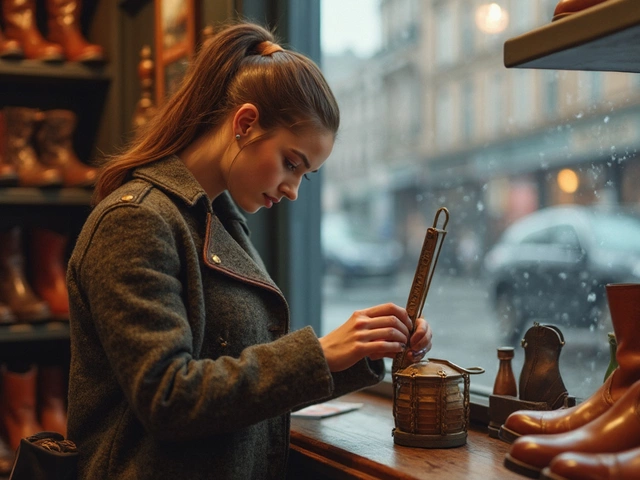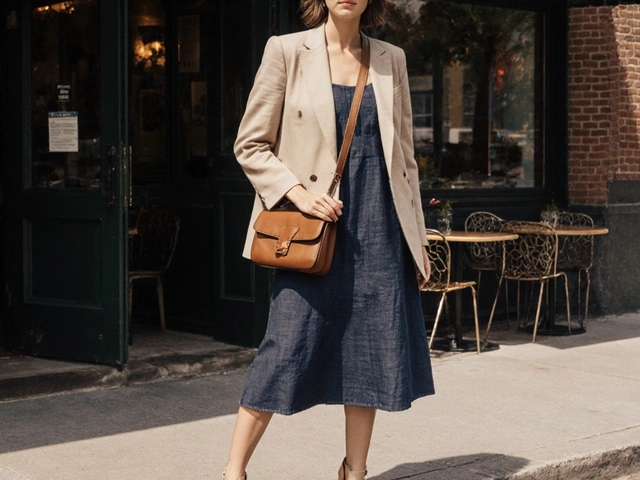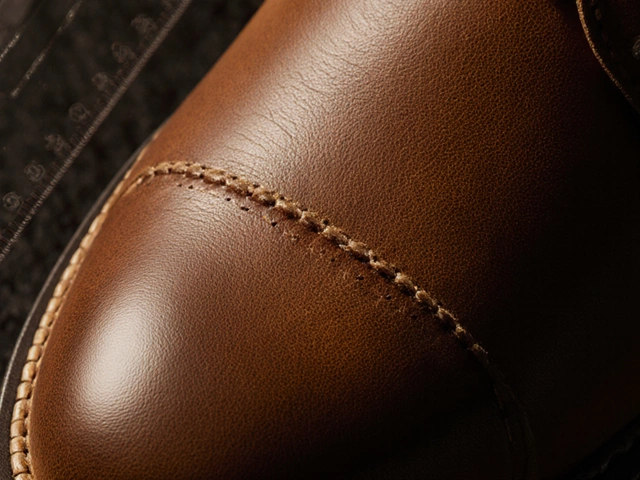Workplace Safety Tips: Picking Shoes and Gear That Protect You
When you’re on the job, the right footwear can be the difference between a smooth shift and a painful injury. It’s not just about looking good – it’s about keeping your feet safe from slips, drops, and crushes. Below are simple steps to choose shoes that meet safety standards and stay comfortable all day.
Know What Your Job Demands
Every work environment has its own hazards. In a warehouse you might need steel‑toe boots to guard against falling boxes. On a construction site, slip‑resistant soles and ankle support are must‑haves. Even an office with occasional trips to a lab can require shoes with closed toes. Check the safety policy at your workplace and match it with the right shoe features.
Fit Matters More Than Brand
A shoe that fits right stops blisters, keeps you stable, and lets you move quickly if something goes wrong. Try on shoes at the end of the day when your feet are a bit swollen – that’s when they’ll feel the most comfortable later. Make sure there’s about a thumbnail’s width of space at the front, and that the heel doesn’t lift when you walk. If a pair feels tight or slides around, it’s not worth buying.
Don’t forget the socks. Thick cotton socks can cause extra friction, while moisture‑wicking socks keep feet dry and reduce the chance of fungal problems. Pair your safety shoes with a good pair of socks for the best protection.
Besides shoes, consider other gear that helps you stay safe. Knee pads, high‑visibility vests, and proper gloves can prevent many common workplace injuries. Look for items that are approved by health and safety agencies and that feel comfortable enough to wear all day.
If you work in a place with a lot of standing, an insole with good arch support can save your back and legs. Many safety shoe brands sell replaceable insoles – pick one that matches the shape of your foot and the type of work you do.
Maintenance is key. Keep your safety shoes clean and check them weekly for cracks, worn‑out soles, or loose fastenings. A quick visual inspection can catch problems before they turn into accidents.
When you’re unsure which shoe fits your role, ask a supervisor or a safety officer. They can point you to the right category, whether it’s a heavy‑duty boot or a lighter slip‑resistant shoe. Getting the right advice saves time and money in the long run.
Remember, safety isn’t just about meeting a checklist – it’s about feeling confident that you won’t slip, trip, or drop a heavy tool on your foot. Choose shoes that balance protection, comfort, and durability, and you’ll stay focused on the job instead of worrying about injuries.
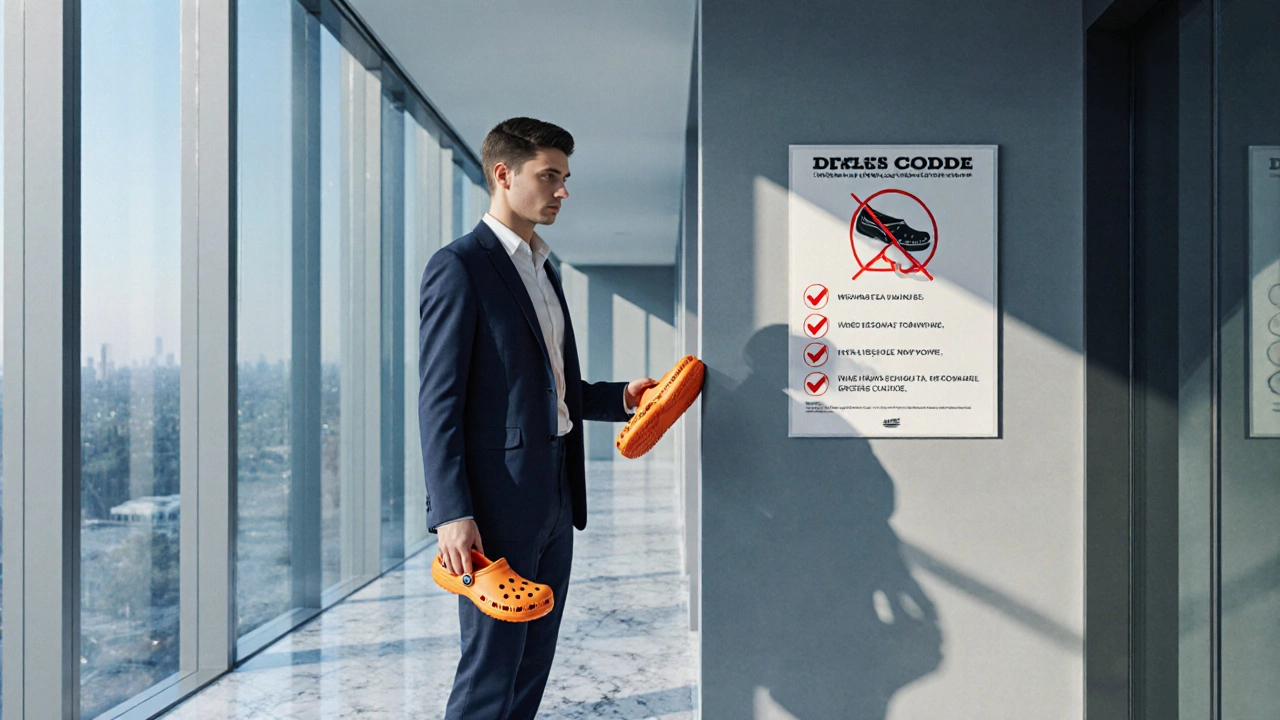
Why Crocs are Banned in Most Offices - The Real Reasons
Discover why Crocs are usually banned in offices, from safety and professional image to company policies, and learn comfortable alternatives that meet dress code rules.
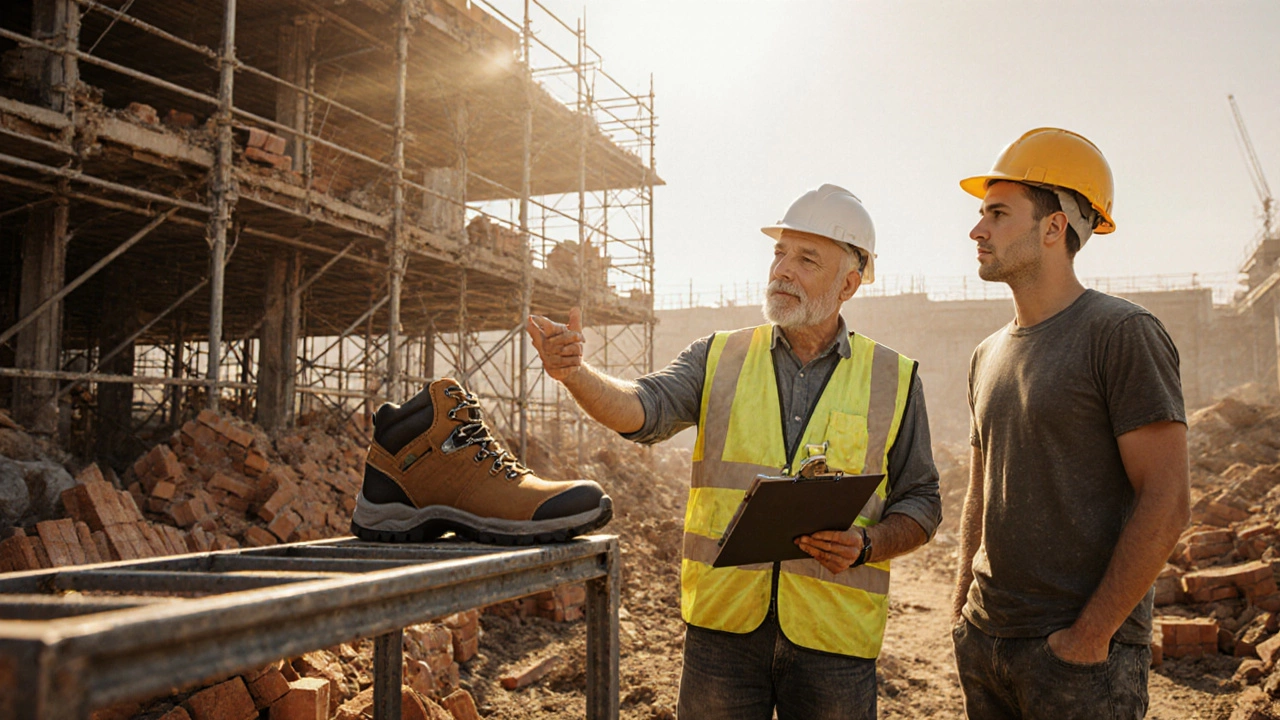
Can Your Employer Require Steel-Toe Shoes? Legal Rights Explained
Learn when an employer can legally require steel-toe shoes, your rights, and how to handle safety footwear disputes in Ontario workplaces.
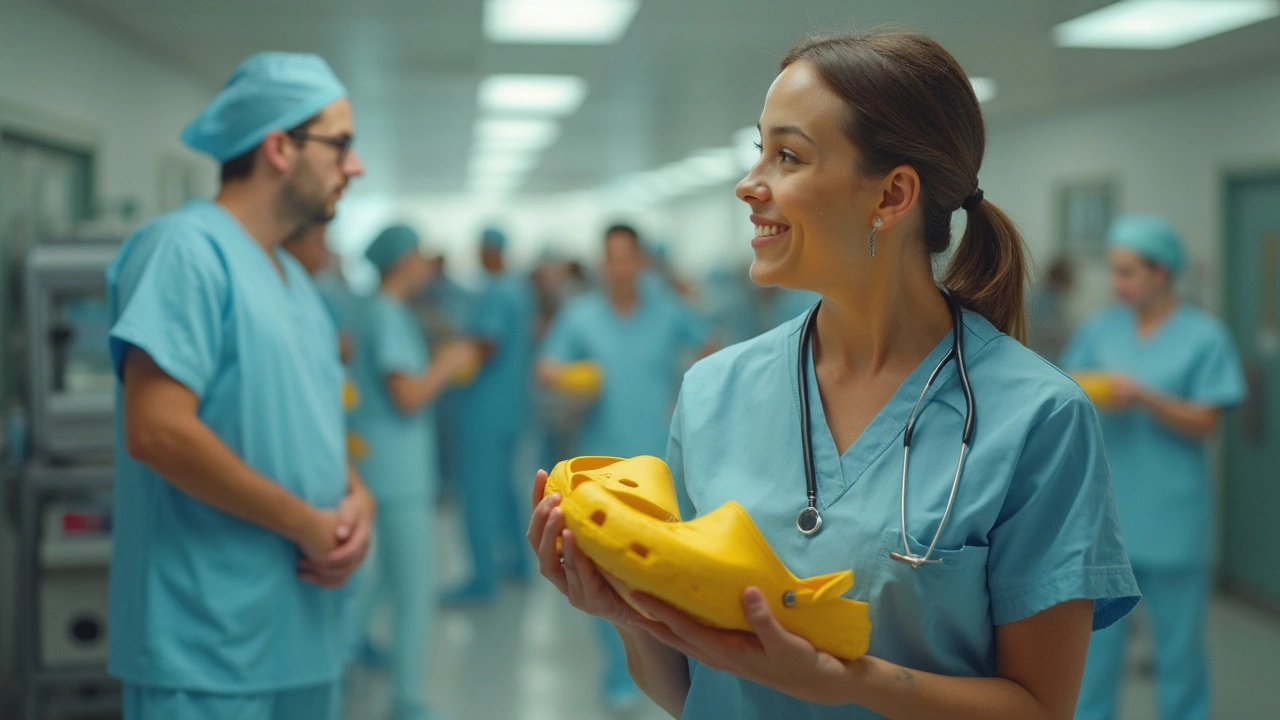
Are Crocs a Health Code Violation in the Workplace?
This article explores whether Crocs, the popular casual footwear, align with workplace health codes. It discusses specific jobs where Crocs might be banned due to safety concerns, addresses common misconceptions, and offers insights into how they fit into occupational dress codes. Practical tips for employers and employees on shoe compliance are included, helping readers make informed decisions based on work environments.
